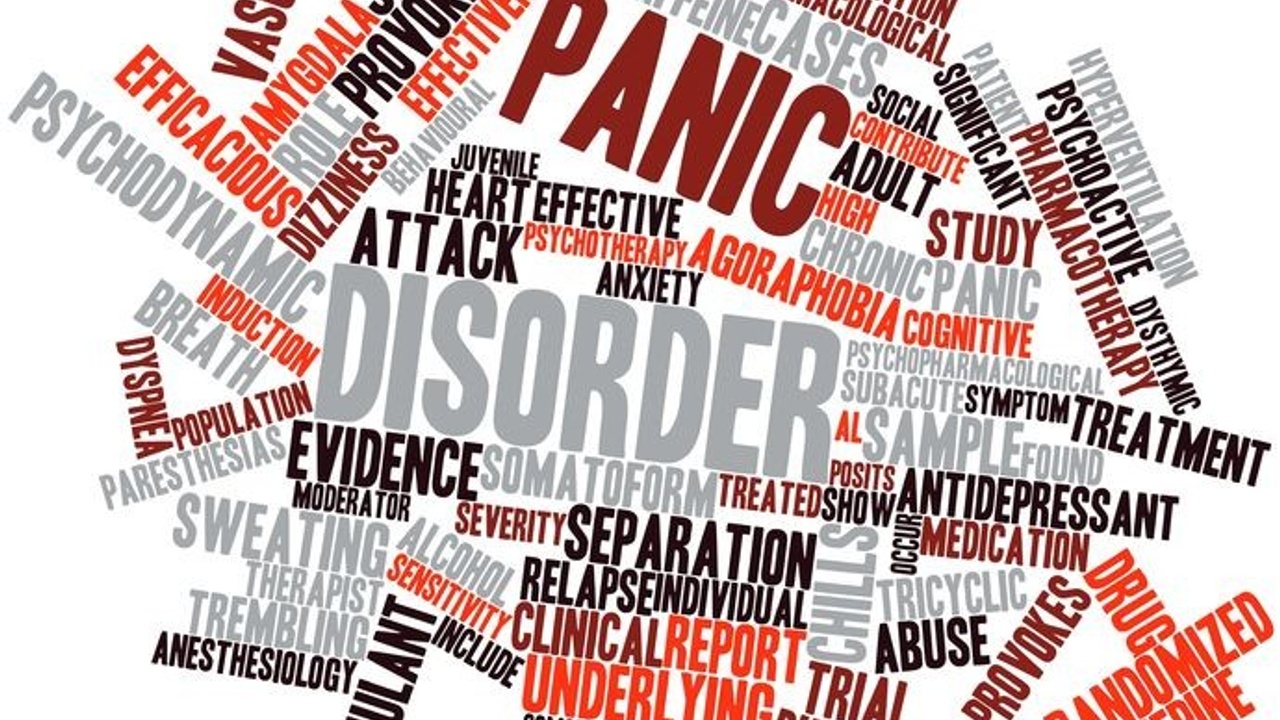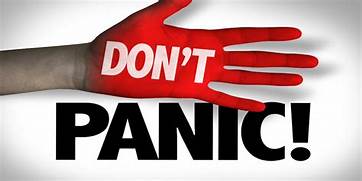
Finding Relief from Panic
Apr 20, 2022Every year, around 11% of Americans experience a panic attack. Panic attacks are sudden and intense rises in fear that cause physical symptoms. About 2-3% of Americans will develop Panic Disorder—a mental illness that causes frequent panic attacks, usually triggered by specific places, people, or situations. That may seem like a small percentage, but it includes more than 7 million people!
Causes and Symptoms of Panic Disorder
What exactly makes someone more prone to panic attacks or develop Panic Disorder is still unknown, but what we do know is there are some common characteristics and trends.
- Women are slightly more likely than men to experience panic attacks.
- Most people report having their first panic attack as a teen or in early adulthood.
- People who suffer from other mental health illnesses such as depression, anxiety, or Bipolar Disorder are more likely to experience panic attacks.
- Those who struggle with substance abuse are more likely to experience a panic attack and develop Panic Disorder.
- People who experience a traumatic event are more likely to experience a panic attack and develop Panic Disorder.
- There are possible genetic links, as Panic Disorder can run in families.
- People in high-stress environments or who work high-stress jobs are more likely to experience a panic attack.
Everyone experiences panic attacks slightly differently, but there are similarities. Here are the most common signs and symptoms of a panic attack:
- Increased heart rate
- Sweating
- Rapid breathing (and possibly hyperventilation)
- Tightness in your throat or chest
- Scattered or irrational thoughts
- Feeling out of control
- Trembling or shaking
- Nausea and sometimes vomiting
- Chest pain
Not everyone will experience all these symptoms. Each person and sometimes each panic attack are different. Some level of nervousness is expected and normal in some situations; however, an intense fear that disrupts your daily life is a sign of a more significant problem and should be evaluated by a mental health professional. Choosing not to find the right way for you to manage your panic attack symptoms can cause further trouble, such as developing Panic Disorder, experiencing worsening symptoms, or developing Agoraphobia.
Getting help
If you've experienced a panic attack and are searching for ways to help you heal and manage symptoms of another one, here are some tips:
- Speak to a mental health provider, such as a therapist or counselor.
- Take steps to manage stress and prioritize your self-care.
- Learn ways to help decrease your anxiety when you feel it creeping up on you.
- Gather support from loved ones and support groups.
Consider using Tre™
Tre™ is a fantastic tool to complement any treatment routine for your mental health. Tre™ exercises involve body-based movements that help release stress and tension held deep within your muscles. A growing body of evidence reports that most people feel relaxed and have clearer thoughts when they make Tre™ a part of their daily routine.
For a parent struggling to find help for their young adult with Panic Disorder, Tre™ can be a valuable resource. Not only will your young adult benefit from these powerful exercises—you can find relief too. You can learn more about Tre™ on my website. I also encourage you to sign up for email updates so you don't miss any of the valuable content I will be releasing in the coming months!


